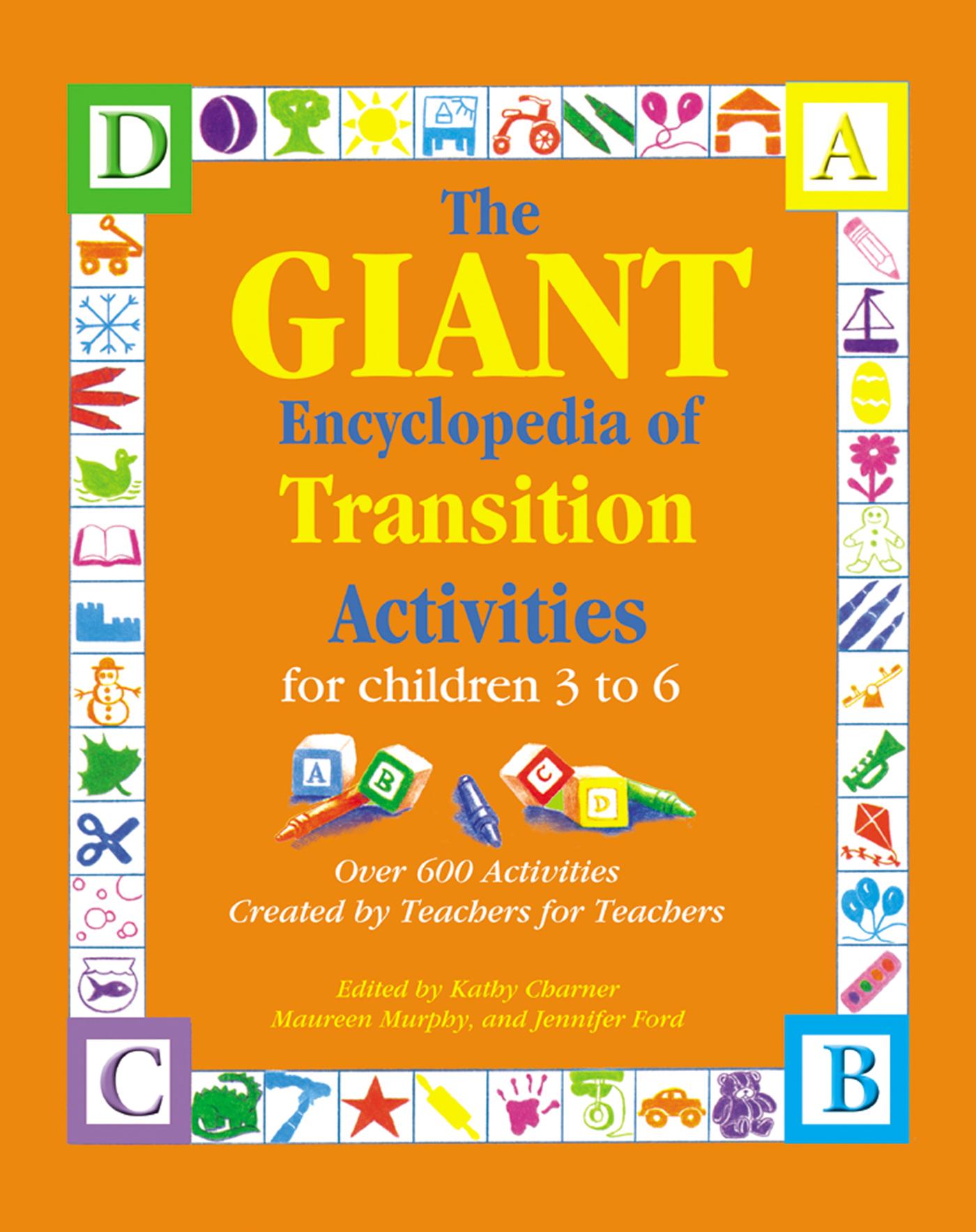Materials
- crayons or markers heavy paper
- photos of the transition, if possible stapler
What to do
1. Write a story about a transition. For example: When it is time to eat snack, I line up in front of the sink to wash my hands. I put soap on my hands and rub my hands together under the water. I take one or two pieces of paper towel to dry my hands. When my hands are dry, I put the paper towel into the trash can. Then I walk over to the table and sit in my chair.
2. Transfer the words to pieces of heavy paper, one line on each page.
3. Ask the children to illustrate the words (and glue photos if you have them).
4. Staple the pieces of paper together to make a book. Note: Encourage the children to look at photographs of themselves doing classroom activities. Photographs increase the children's interest in these transition books.
5. Make a variety of books for different daily transitions, such as cleanup, using the bathroom, arriving and separating from family members, snack time, putting coats and boots on, playing outside, meeting someone new, or taking field trips.
More to do
Language: Have the children dictate a transition story as you write it onto chart paper. Review and edit it with the children. Transfer it to the writing paper with space for the pictures.
Literacy: Place these transition books in the reading center. Read them to the group at reading time or circle time.
-Sandra Nagel, White Lake, MI
Instructions
1. There are days when children just need to run and spend their extra energy.
Rainy days are most often the culprit, followed closely by too much sugar at
someone's birthday celebration! On these days, whether you go outside or to
an indoor all-purpose room, the first thing to do is tell the children to just run.
2. Sometimes you may want to let them run until they are almost worn out.
Other times, play "Red Light, Yellow Light, Green Light," in which red means
"stop," yellow means "walk," and green means "run." Sometimes the lights can
mean running or walking like a certain animal.
3. Once the children run off their excess steam, their free time play can
continue as usual.
